![]() A client of mine recently saw some competitors doing some pretty shady stuff, and asked me if he should run some comparison ads. Point out the problem.
A client of mine recently saw some competitors doing some pretty shady stuff, and asked me if he should run some comparison ads. Point out the problem.
It’s a good question, and the answer depends on a wide variety of factors. Comparison advertising can be wildly effective when it’s done right by underdog brands.
There are many examples… Back in the 70’s and 80’s the most talked-about battle of the brands was between Coke & Pepsi. Pepsi was a distant second behind Coke when they launched their “Pepsi Challenge” taste test. It was a blind taste test that compared flavors, head to head, with Coke.
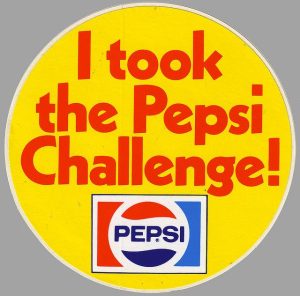
Turned out, the majority of people said they liked Pepsi better. A lot of people were surprised by that, and their reactions were caught on camera and used in an ad campaign that spread like wildfire.
It generated tons of new coverage, and even hit prime time TV on All In The Family and Saturday Night Live. “No Coke. Pepsi!” John Belushi famously said.
That research-based campaign helped Pepsi increase its market share substantially. By 1983 Pepsi was outselling Coke in supermarkets. (Coke was still #1 thanks to its larger infrastructure of soda machines and fast food partnerships.)
But most importantly, it put Coke executives on the defensive and led to one of the biggest marketing blunders of all time: New Coke.
They messed with their beloved formula just because a smaller competitor’s ads claimed that Pepsi tastes better.
Don’t do that. Don’t ever respond directly to the claims of a smaller competitor. Better to take the high road, and do your own advertising on your own terms. New Coke and the Cola War is still popular topic of college marketing classes around the world.
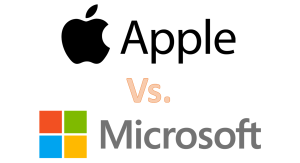
In the early 2000’s the most high profile marketing battlefield was computers. Nerds all over the world were talking about the battle between Microsoft and Apple. It was a war that should never have been fought.
Ever since 1984, when Steve Jobs launched the Macintosh with one of the most famous Superbowl commercials of all time, the folks at Microsoft have been paranoid about Apple. So paranoid, in fact, they ignored one of the most basic tenets of marketing and comparative advertising…
Never respond to an attack by a smaller competitor.
This is marketing 101 folks, and yet Coke and Microsoft both failed the test.
If you control 90% of the market, like Microsoft did, don’t give a puny little competitor like Apple the time of day. Don’t get suckered into a fight, and don’t design an ad campaign that directly mimics the competitor’s campaign.
Apple started it all with the help of TBWA/Chiat Day’s brilliantly simple “I’m a Mac” campaign. https://www.youtube.com/watch?v=qfv6Ah_MVJU
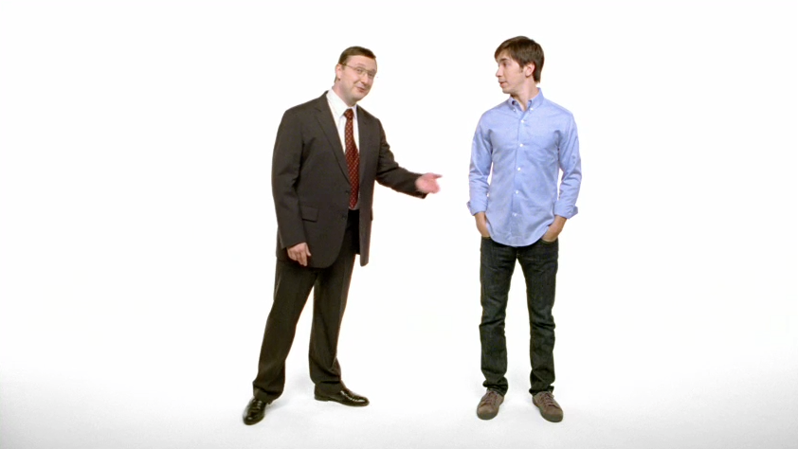
Those spots work on so many different levels, it’s ridiculous… Great writing, great casting and great acting positioned a hip, cool Apple dude against a nerdy middle manager who’s stuck with Microsoft and wishes he could be cool too. Probably the most strategically brilliant “talking head” advertising of all time.
If the Microsoft execs were smart they wouldn’t touch the subject with a ten-foot pole. Just let it go, and come up with something memorable of your own.
You’re the market leader, remember!
But noooo… They played right into Apple’s hands and produced a knee-jerk reaction, knock-off version of the Apple spots.
They hired an actor who looks like the guy in the original Apple spots, and gave him this opening line: “Hello, I’m a PC, and I’ve been made into a stereotype.”
All that did was shine the spotlight back on Jobs & company.
Microsoft’s copycat spots gave the Apple campaign a whole new life. Every time one ran, the audience was reminded of the original Apple spots. Not only that, the media coverage of the comparison ads gave Apple free airtime on the evening news, effectively extending the smaller competitor’s media budget.
I’m not sure if Apple was purposely trying to get a rise out of Microsoft, but they sure did. And every time Microsoft responded in kind, they dig themselves a deeper hole.
Next, Microsoft upped the ante with their “laptop hunter” comparison ads.
They sent “real people” out to shop for the best laptop they could find for under $1000. A cute, wholesome-looking actor visits an Apple store and says “I guess I’m just not cool enough for a Mac.” https://www.youtube.com/watch?v=qQOzNDZzZzk
It’s a nice, authentic feeling spot. From an execution standpoint, it’s very well done — probably the best spot ever produced for Microsoft. Unfortunately, it’s based on a no-win strategy.
Apple has always been a premium brand that’s not for everyone. That’s not news. So why would Microsoft continue to run ads that help cement that message and reinforce Apple’s position in the marketplace?
In the “Laptop Hunter” spots they’re basically admitting that a Mac is what everyone aspires to. Apple’s the computer for cool people. The brand of creativity.
If you can’t afford one you settle for a second-best PC.
The spots flat-out encourage people to compare Windows-based laptops to the MacBook. Sure, there is some low-hanging fruit in the market for low-end laptops, but that’s just a short-term pricing message that hinges more on the economic climate than any genuine brand strategy. Not the type of message a #1 player should even consider.
Fox News did a nine-minute segment about the misguided Microsoft comparison ads, and Apple laughed all the way to the bank.
Tit for tat works for Apple. Not for Microsoft. The king of the category can’t take pot shots at a perceived underdog, it just doesn’t look good.
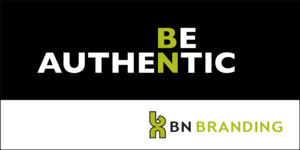
The market leader should lead, not follow, in its advertising.
The fact is, Microsoft did not have a history of creative, attention-grabbing advertising. On the other hand, Apple has a long history of groundbreaking advertising, from “Think Different” to “I’m a PC.” and the iconic iPod spots.
Apple inspires great advertising because it makes great products. They can do comparison ads because the facts back-up the hype. They have superior products, in so many ways.
Microsoft… not so much. The only thing they had going for them was price.
So that’s the first criteria for comparison ads: If you truly, clearly have a product that’s factually better than the competition’s product, by all means, run comparison ads. Truth rules!
But if the product or service is just the same, or even just subjectively different, don’t do it.
Every ad, every social media post, every point of purchase display Apple ever creates is a comparison ad of sorts. Not overt, but a subtle comparison nonetheless. Because as consumers, we immediately categorize things.
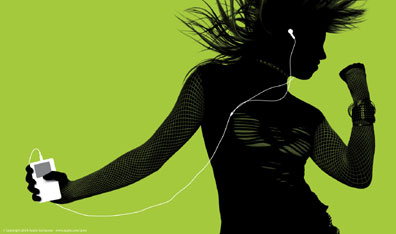

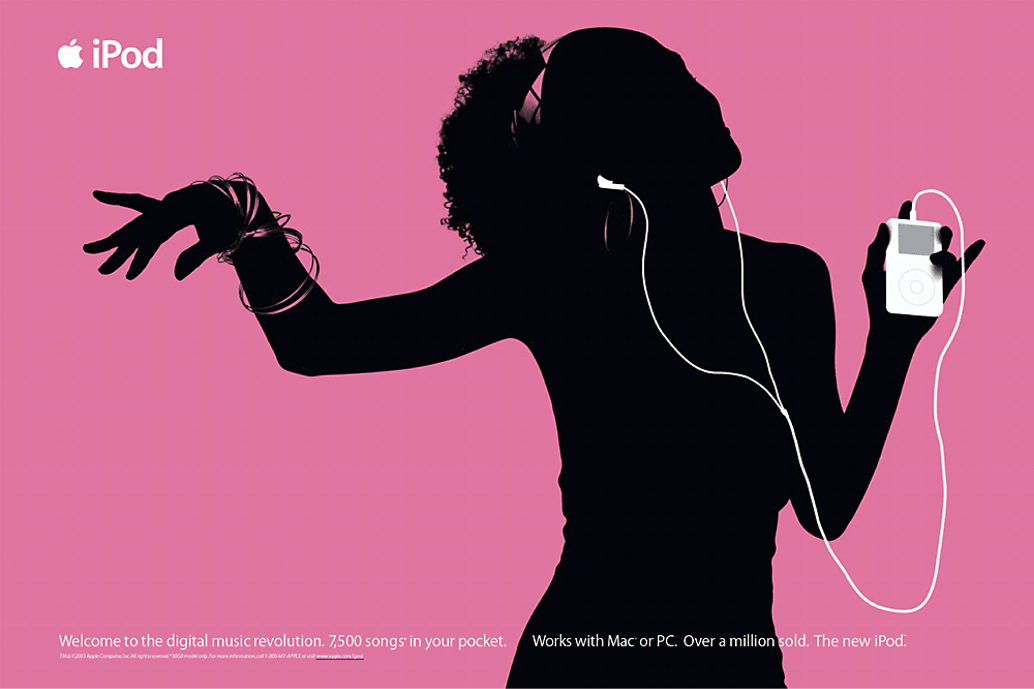
When these ads for the iPod came out, everyone immediately thought “Wow… that’s cool. Microsoft sure doesn’t have anything like that.”
In fact, there were a number of functional MP3 players on the market at the time, but they weren’t cool looking. They weren’t as well designed as the iPod. They weren’t branded. They weren’t Apple.
The iPod print ads, TV spots and billboards summed it all up in one, simple graphic solution and one pithy statement from Jobs… “1000 songs in your pocket.”
They didn’t have to beat people over the heads with product features and mind numbing facts. They just showed the product in its jamming simplicity. Sometimes that’s the best comparison ad you can do.
Before Apple ever launched the “I’m a PC” campaign, the whole world knew the score. The TV spots just confirmed what everyone was already thinking.
When it’s a David and Goliath situation, only David can throw out comparison ads successfully.
So here’s another criteria for comparison ads… You can do them when public perception is on your side.
Like when the little burger chain called Wendy’s took on McDonald’s.
One brilliant comparative ad — three words — solidified that brand and cemented Wendy’s success.
“Where’s The Beef?”
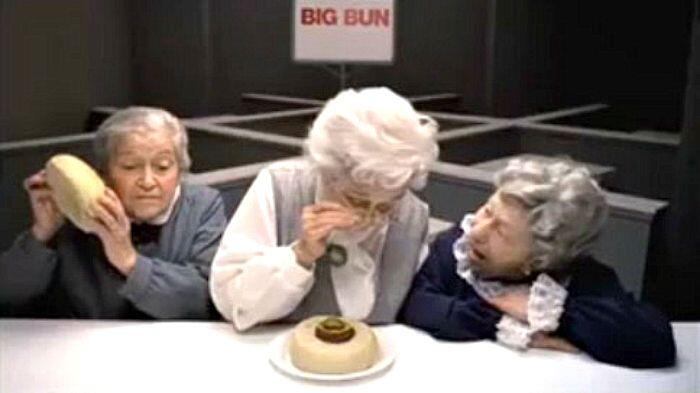
It was a brilliant, humorous twist on comparison advertising. Wendy’s hamburger patties really were thicker and juicier than McDonald’s patties, and the old lady just said it, flat out.
Watch the old Clara Peller spot here.
Notice that the word “McDonald’s” is nowhere to be found in that script. Doesn’t have to be… everyone knew that they were referring to the market leader. In that case, there’s no denying the success of that comparison advertising.
Unlike Microsoft and Coke, McDonald’s was smart enough to NOT respond to the humorous jab. At least not directly. Probably because they knew that a visual, side by side comparison of their burgers vs. Wendy’s would simply prove the point.
Wendy’s was wise to show that. McDonald’s was wise to ignore it.
For more on advertising strategy, try this post.
If you’d like help devising your own campaign of comparison ads, I can help. Contact me here, or reach me on LinkedIn.
![]()

Thank you for such a well written and insightful article. This debate always humours me, so great to see it all laid out in such a way that really makes Microsoft look pretty lame.
Of course they are not, but in terms of advertising and Apple, they seem destined to just get it wrong.
Awesome
Graham
In regards to “Apple has always been a premium brand that’s not for everyone. That’s not news. So why does Microsoft continue to run ads that help cement that message?”
Do you think that the Apple vs. PC ads, where they have a very normal looking justin Long representing Apple, actually moves Apple away from the ‘premium brand’ image they have? It seems they have gone to great lengths to show just how accessible they are as a brand and a product. In my view MS is harnessing this image Apple has created and is reacting to that, rather than to the longstanding perceptions.
Thoughts?
You’re right, MS is definitely reacting to Apple’s ads, without much consideration for anything else. That’s the problem. They’re constantly following Apple’s lead, when it really should be the other way around.
I believe the casting that TBWA did with Justin Long was a good choice because Apple does have a bit of a rep as being snobbish. Both actors are great.
FANTASTIC!
Thanks for the response. I look forward to your next post.
Hey, great post. It’s hard to argue against Apple’s ability to create innovative and well-designed products. They really know how to appeal to people with not just new concepts but attractive final products. Microsoft, as you say, doesn’t quite match Apple in this department. They don’t seem to get it.
Cheers, JP
The Sports Brand Review